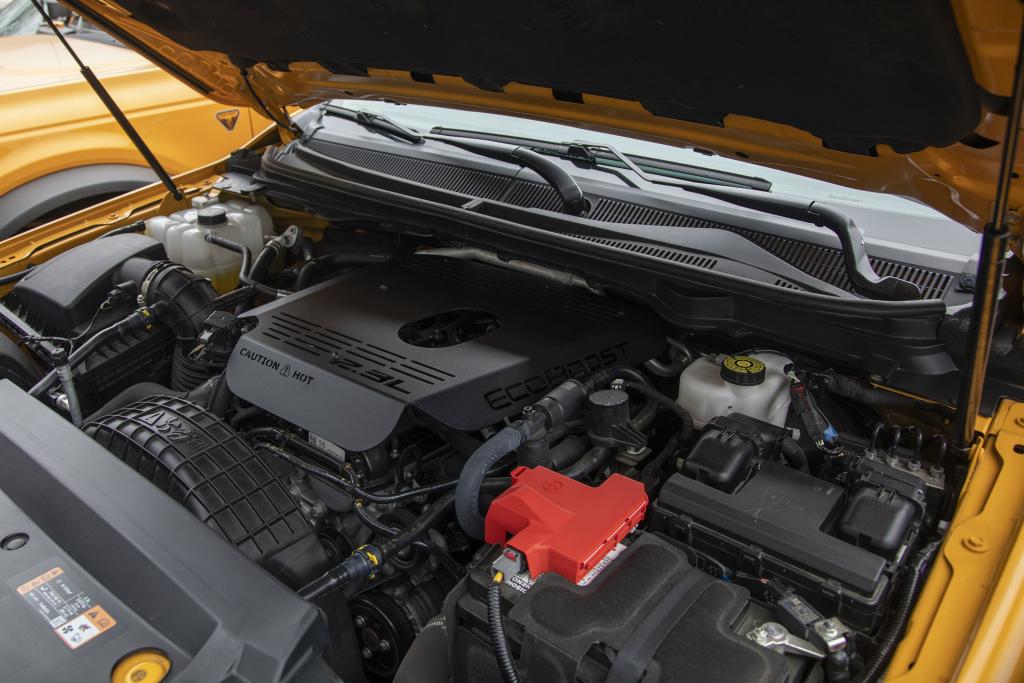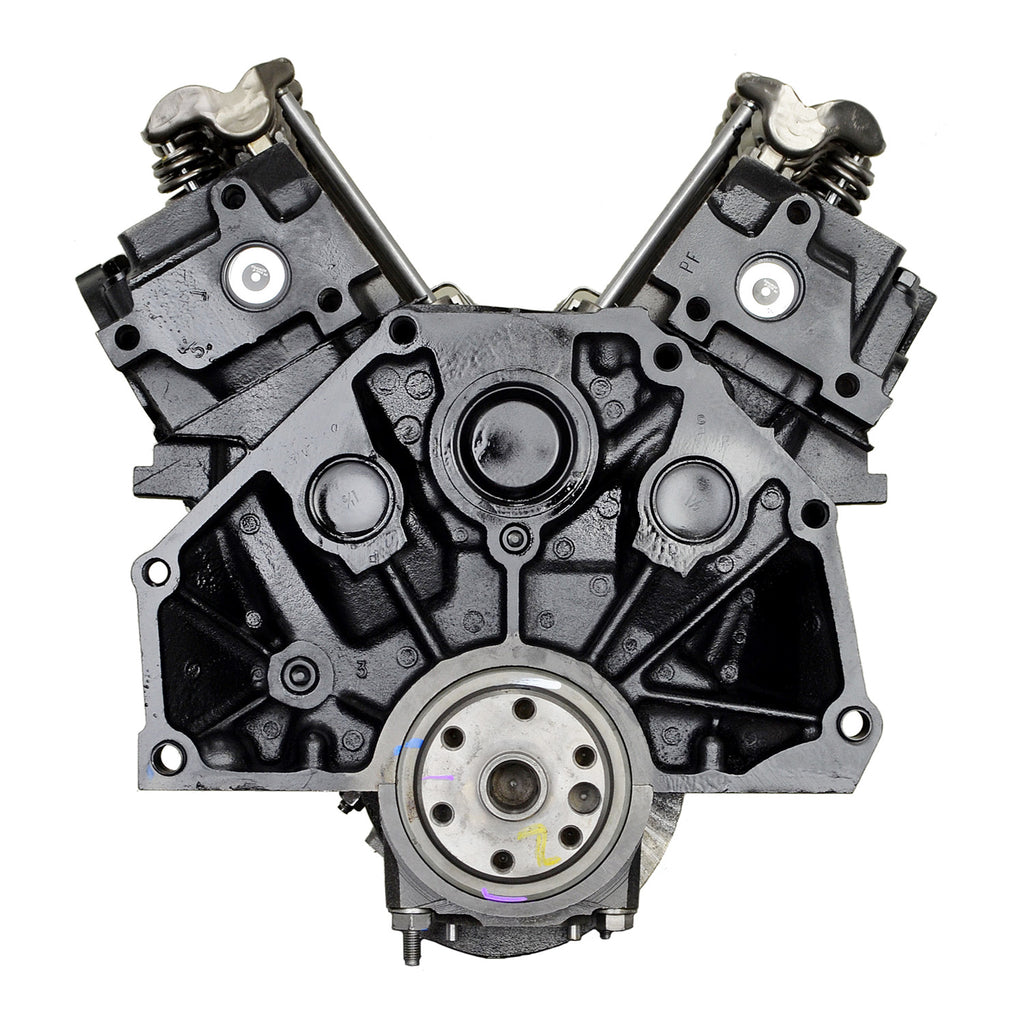Comprehending the Essentials of Car Engines: Kinds, features, and features

Overview of Vehicle Engines
A vehicle engine functions as the heart of a car, transforming fuel into mechanical energy to drive it ahead. This complex system comprises different elements that work in unison to ensure optimal efficiency and efficiency. The fundamental procedure of a cars and truck engine entails the inner burning process, in which gas and air are combined, stired up, and expelled to create power.
The engine's layout can considerably influence its efficiency, gas effectiveness, and emissions. Secret parts consist of the cyndrical tube block, pistons, crankshaft, and camshaft, each playing an important function in the engine's total feature. The cyndrical tube block houses the cylinders where burning takes place, while the pistons transform the eruptive energy from burning right into direct movement. This movement is after that transformed into rotational energy by the crankshaft, enabling the vehicle's wheels to turn.
In addition to these elements, engines typically make use of numerous systems such as fuel shot, ignition, and cooling down systems to improve efficiency and longevity. Comprehending the fundamental technicians of automobile engines is necessary for identifying issues and doing upkeep, ultimately adding to the vehicle's integrity and effectiveness in time.

Kinds Of Vehicle Engines
Cars and truck engines can be categorized into several types based upon their layout, fuel type, and operational principles. 2.2 ford ranger engine. The most typical classifications include internal burning engines (ICE), electric engines, and hybrid engines
Internal burning engines, which can be additional separated into gasoline and diesel motor, operate by stiring up a fuel-air combination to generate power. Gasoline engines are usually lighter and smoother, while diesel engines are a lot more fuel-efficient and deal better torque.
Electric engines make use of electrical energy saved in batteries to power an electric motor, offering instantaneous torque and no exhausts during operation. As modern technology advances, electric lorries (EVs) are significantly coming to be prominent for their ecological advantages and lower running prices.
Hybrid engines integrate components of both internal combustion and electrical engines, enabling adaptable source of power and enhanced gas effectiveness. They can run in different modes, using either the fuel engine, the electric motor, or both concurrently.
Each sort of engine has distinctive benefits and drawbacks, influencing their application in different lorry kinds and market segments, from compact vehicles to heavy-duty vehicles. Recognizing these kinds is vital for making educated choices regarding automobile option and efficiency assumptions.
Engine Features Clarified
Comprehending engine functions is vital for realizing exactly how automobiles operate effectively. At the core of any kind of internal burning engine exists the essential procedure of converting fuel right into power. This procedure starts with the intake stroke, where air and fuel are attracted right into the combustion chamber. Following this, the look at this now compression stroke presses the air-fuel combination, increasing link its temperature and pressure.
The ignition occurs following, stiring up the combination and developing a quick development of gases. This force drives the piston down during the power stroke, which eventually converts right into the rotational motion of the crankshaft. The exhaust stroke after that eliminates the invested gases from the chamber, making method for a new cycle to begin.
Along with these main features, engines additionally incorporate systems that handle air conditioning and lubrication, guaranteeing ideal operational temperatures and lowering rubbing between relocating parts. This detailed interplay of features enables the engine to create the power essential for vehicle propulsion while maintaining performance and dependability. Understanding these functions provides important insight into the complexities of auto engineering and enhances the capability to identify and deal with engine-related concerns successfully.
Secret Engine Functions
Engine style includes numerous crucial attributes that dramatically affect performance, effectiveness, and resilience. Among the most important elements is the engine setup, which includes inline, V-type, and level designs. Each setup affects the engine's equilibrium, power, and dimension output, thus impacting general lorry characteristics.
An additional important function is the engine variation, describing the total volume of all cyndrical tubes. Bigger variations typically yield more power however might endanger gas efficiency. Engine materials also play a crucial function; high-strength and light-weight materials, such as aluminum and magnesium alloys, improve efficiency without including excessive weight.
The sort of fuel injection system utilized-- such as Resources multi-port or direct injection-- influences burning effectiveness and discharges. Turbocharging and supercharging are features that boost engine performance forcibly added air right into the combustion chamber, boosting power output without considerably boosting engine dimension.
Lastly, the presence of innovative engine administration systems maximizes fuel-air combination and ignition timing, adding to smoother procedure and far better fuel economy. Jointly, these features define an engine's capacities, establishing the foundation for its performance and long life in an affordable automobile landscape.
Upkeep Tips for Engines
Proper engine upkeep is important for making certain optimum performance and durability, as disregarding regular care can lead to considerable concerns down the line. To maintain your engine effectively, start with routine oil modifications, typically every 3,000 to 7,500 miles, depending on the sort of oil made use of. Fresh oil lubricates engine components, decreasing friction and wear.
In addition, keeping track of coolant degrees is essential to stop overheating. Make certain that the coolant is topped up and is in excellent problem to maintain effective temperature regulation. Regularly evaluate and change air and gas filters, as clogged up filters can impede airflow and gas delivery, jeopardizing engine performance.
Additionally, take note of stimulate plugs and ignition systems. Worn or damaged stimulate plugs can result in misfiring and reduced efficiency. Examining the battery terminals and links for deterioration is likewise essential, as a weak battery can affect engine beginning.

Conclusion
In summary, a thorough understanding of automobile engines incorporates different types, functions, and key functions that significantly influence lorry performance. Internal combustion engines, along with hybrid and electric alternatives, show varied mechanisms for power conversion. 2.2 ford ranger engine. Acknowledging the vital features, such as consumption and exhaust cycles, together with important engine features like setup and fuel injection systems, furnishes auto proprietors with the knowledge required for reliable upkeep and procedure, eventually enhancing vehicle durability and efficiency
A vehicle engine serves as the heart of a lorry, converting gas into mechanical power to push it onward. The fundamental operation of a vehicle engine includes the internal combustion procedure, where fuel and air are blended, fired up, and gotten rid of to develop power.
Routinely replace and examine air and fuel filters, as clogged filters can hinder airflow and fuel shipment, compromising engine effectiveness. - 2.2 ford ranger engine
In summary, a detailed understanding of cars and truck engines encompasses numerous types, features, and essential functions that substantially influence vehicle efficiency. Acknowledging the essential features, such as intake and exhaust cycles, together with critical engine attributes like arrangement and gas injection systems, gears up automobile owners with the expertise necessary for reliable maintenance and operation, ultimately boosting vehicle long life and effectiveness.
 Josh Saviano Then & Now!
Josh Saviano Then & Now! Kenan Thompson Then & Now!
Kenan Thompson Then & Now! Mason Reese Then & Now!
Mason Reese Then & Now! Dolly Parton Then & Now!
Dolly Parton Then & Now! Richard Dean Anderson Then & Now!
Richard Dean Anderson Then & Now!